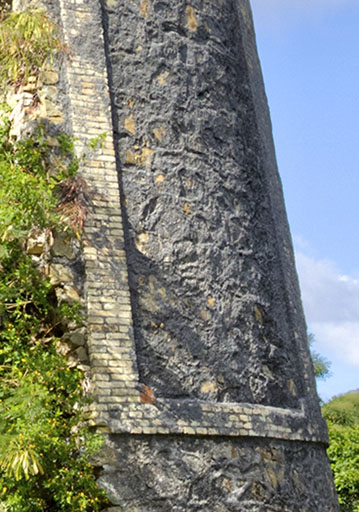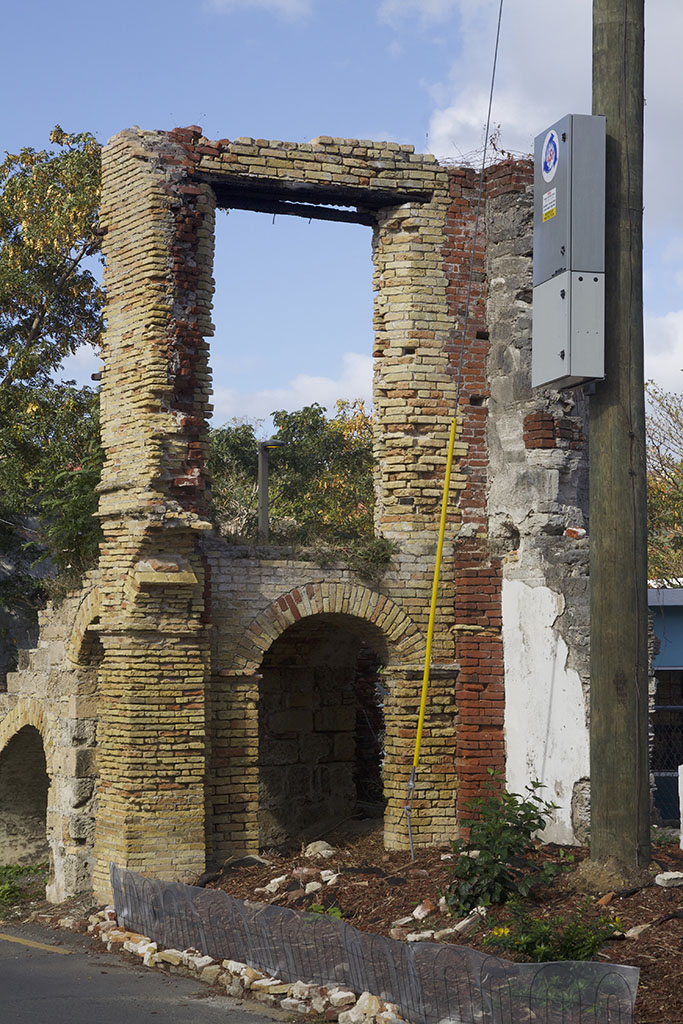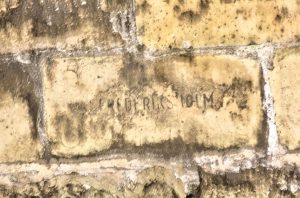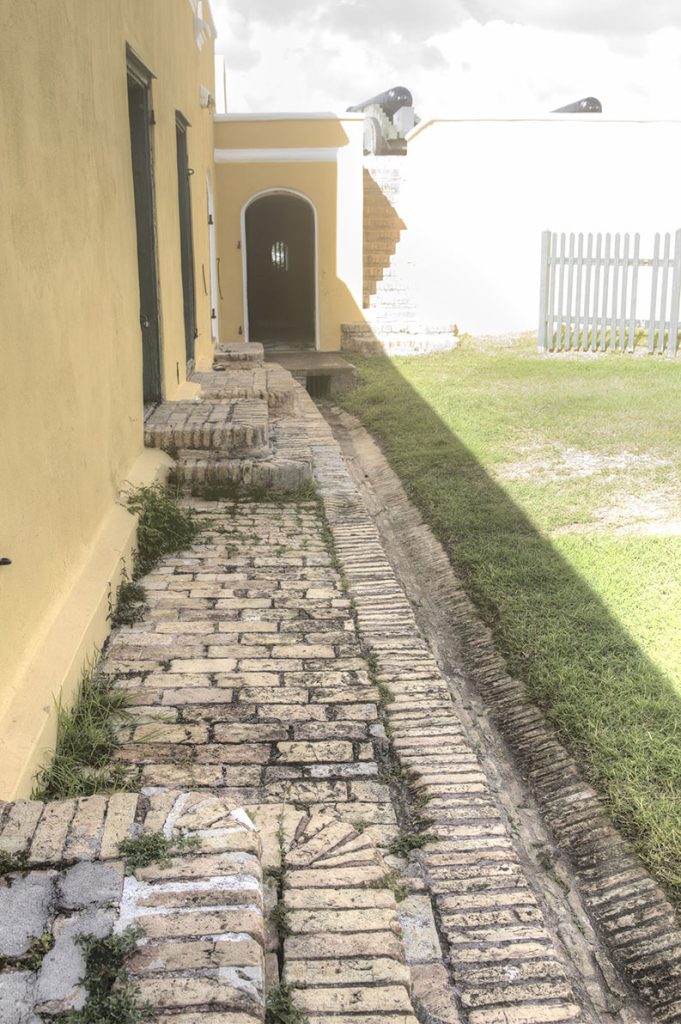The Bricks that Built St Croix
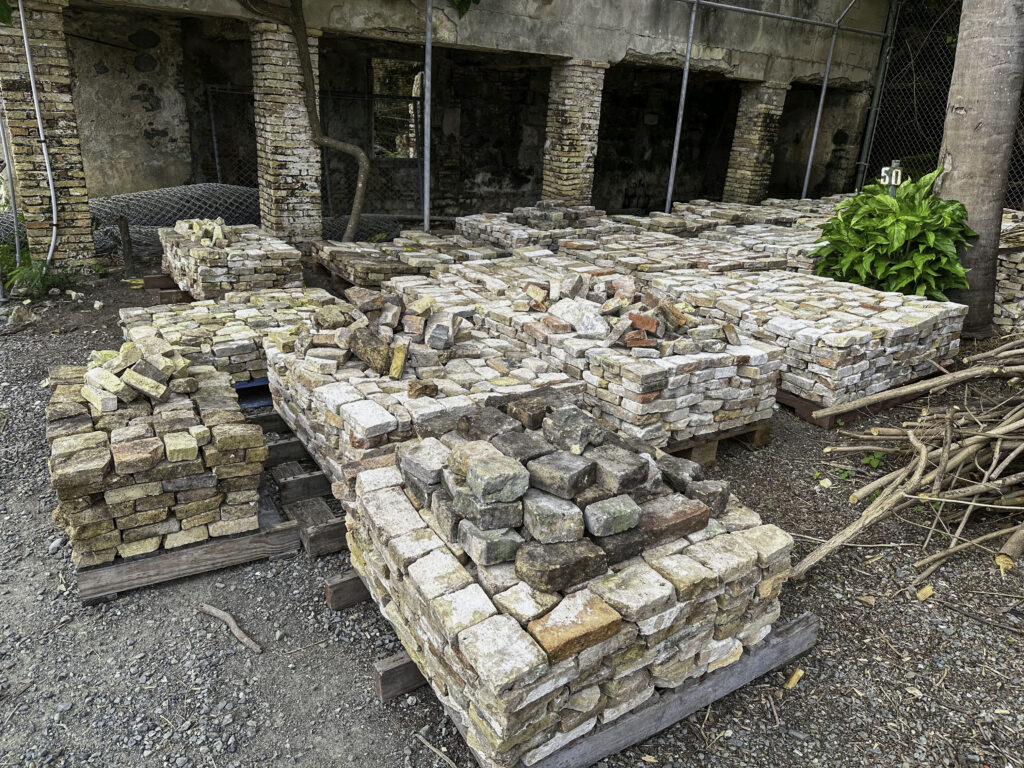
The bricks found in this region, whether as part of walls, walkways, gutters, storm drains, or even historic sugar windmills, serve both practical and aesthetic purposes. These bricks display a spectrum of colors, ranging from light yellow to deep red. Their abundance in the area dates back to the era of the sea trade with Denmark during the “Sugar is King” period, when they were originally used as ballast for ships.
Denmark played a significant role in Caribbean trade through the Danish West Indian Guinea Company, transporting goods such as rye, barley, wheat, beer, furniture, and machinery to St. Croix; the return shipments consisted primarily of sugar, rum, and molasses. To stabilize their ships for the outbound journey, Danish traders used bricks as ballast. These bricks were offloaded upon arrival in St. Croix to maximize room for the return cargo. Commonly referred to as ballast bricks, they actually originated from two specific locations in Denmark and are historically known as Flensburg bricks and Frederiksholm bricks.
Frederiksholm bricks were produced during the period when Denmark was engaged in colonial activities, particularly in the Danish West Indies (now the U.S. Virgin Islands). These bricks, characterized by their distinctive appearance and durability, were made at the Frederiksholm Brickworks near Copenhagen, Denmark. The production spanned several centuries; the bricks were likely produced from the late 17th Century to 19th Century:, coinciding with Denmark’s colonial expansion and the establishment of settlements and fortifications..
The bricks were exported to Danish colonies, including the Danish West Indies (St. Croix, St. Thomas, and St. John), for use in constructing forts, sugar plantations, warehouses, and other colonial buildings.
Frederiksholm bricks are known for their high quality, durability, and unique reddish-yellow color, which became popular for construction in Copenhagen and other parts of Denmark. The bricks were used in various prominent buildings and structures, giving them a characteristic Danish architectural style. Their fine craftsmanship made them a preferred choice for many public buildings, churches, and residential houses.
Flensburg bricks are a specific type of brick produced in and around the city of Flensburg, located in northern Germany near the Danish border. These bricks have a long history of use, dating back several centuries, and are renowned for their distinctive dark, reddish-brown color, as well as their exceptional durability and quality. These bricks are highly resistant to weathering and wear, which made them an ideal choice for building where moisture and wind are frequent. Flensburg bricks were widely used in historic buildings, including churches, manor houses, and other significant structures throughout northern Germany and Denmark.
Today, Flensburg bricks are still used for restoration projects or new buildings designed to reflect the historic aesthetic of the region. Their association with durable, quality construction continues to make them a sought-after material for preserving northern German and Danish architectural heritage.
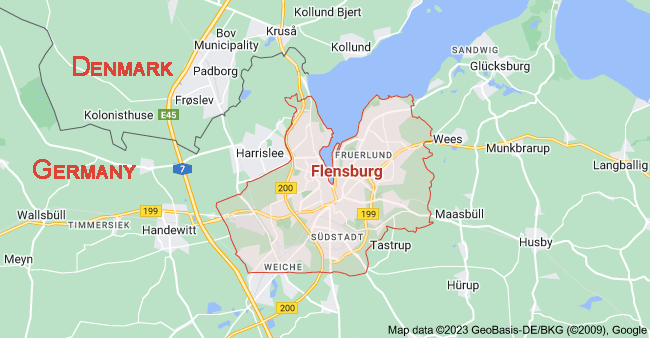
Until 1747, the Danish West Indian Guinea Company held a monopoly on all trade activities between Denmark and the West Indies. The bustling port of Flensburg served as a key hub for one of the largest Danish trading fleets, nestled in the picturesque Flensburg Fjord. Situated in Schleswig-Holstein, Flensburg stands as Germany’s northernmost city, located just under 10km from the Danish border. The city shares its scenic fjord with Denmark and was under Danish rule from 1460 to 1864.
